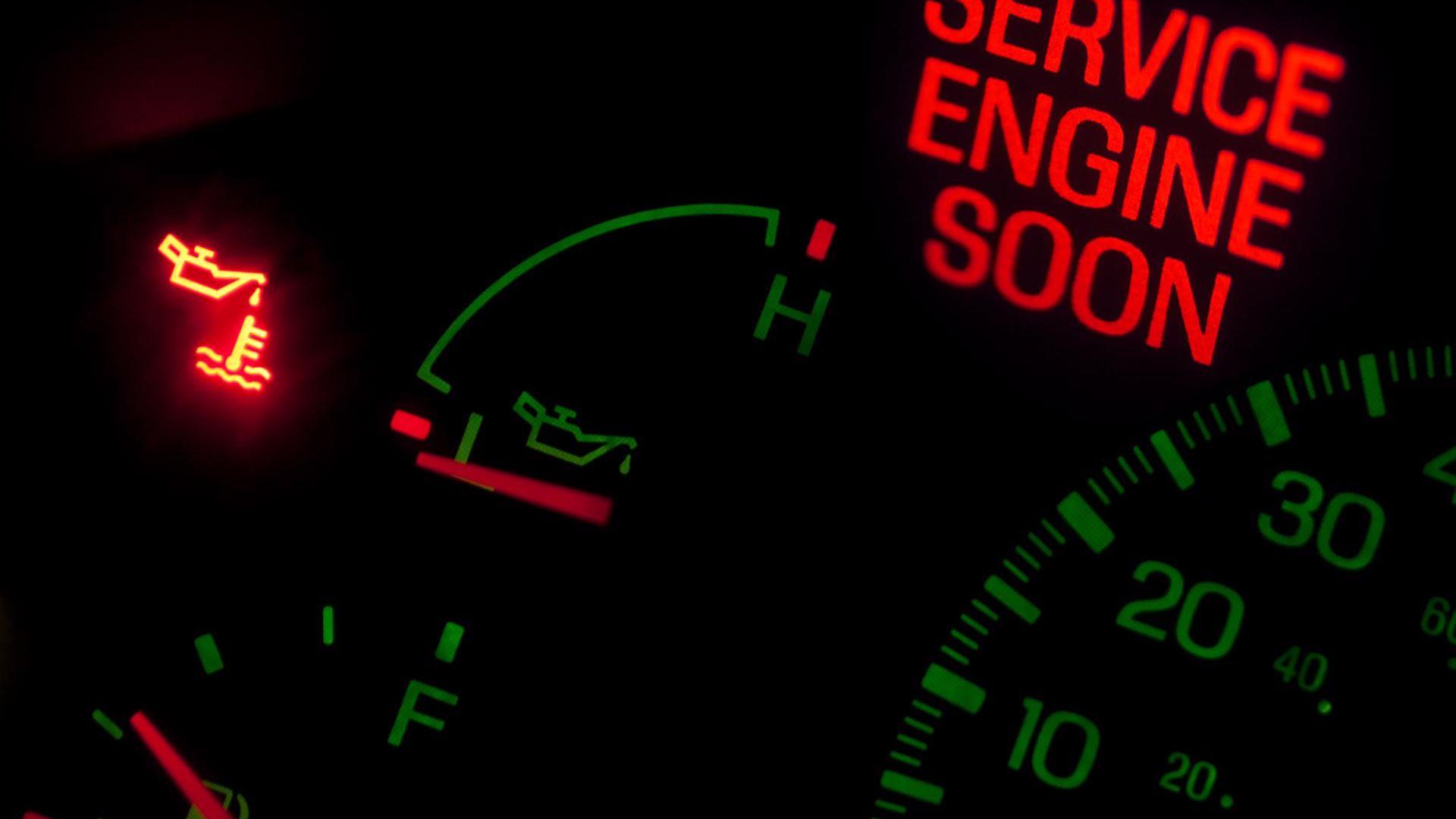

We may earn revenue from the products available on this page and participate in affiliate programs. Learn more ›
So your car’s oil pressure gauge is behaving like a metronome or, worse yet, has flatlined altogether and you want to check the pressure manually? Wunderbar.
Your engine’s oil pressure is vital to its integrity and longevity. Oil pressure is the force acting against a volume of oil pumped through an engine’s lubrication circuit. That pressure assures all the engine’s moving parts are lubricated evenly and operate smoothly. The oil reduces wear and helps keep the engine cool while running.
Consistent oil pressure can mean the difference between making it to the party in time for birthday cake and flat-bedding your Dodge Viper to the repair shop, which actually happened to one of The Drive’s editors once.
Testing your oil pressure requires a specialized oil pressure test tool, although its use is straightforward. To make things even easier, The Drive’s crack How-To team is here to help you test your oil pressure, and get back on the road.
Basics
Estimated Time Needed: One hour
Skill Level: Intermediate
Vehicle System: Lubrication

Safety
Working on your car can be messy, especially when you’re working with surfaces you’ve never bothered to clean before. It can also be dangerous as liquids can be scaldingly hot and parts could fall and break your precious phalanges. So here’s what you’ll need to ensure you keep your jeans, shirt, and skin spotless, and your bones fully intact.
- Mechanic gloves.
- Long-sleeve shirt to protect your arms.
- Eye protection.
Organizing your tools and gear so everything is easily reachable will save precious minutes waiting for your handy-dandy child or four-legged helper to bring you the sandpaper or blowtorch. (You won’t need a blowtorch for this job. Please don’t have your kid hand you a blowtorch—Ed.)
You’ll also need a flat workspace, such as a garage floor, driveway, or street parking. Check your local laws to make sure you’re not violating any codes when using the street.

Everything You’ll Need
We’re not psychic, nor are we snooping through your toolbox or garage, so here’s what you’ll need to get the job done.
Tool List
- A selection of wrenches
- Socket wrench, plus a deep, 1 ⅙” socket)
- Work Light
- Bucket to catch oil spillage
- Oil pressure test kit
- Car Jack
- Jack stands
- Wheel chock
- A second person (Your four-legged helper and handy-dandy child probably aren’t good for this job either—Ed.)
Parts List
- New oil to top off

Here’s How to Test Your Car’s Oil Pressure
Let’s do this!
Testing the Oil Pressure
- For better clearance, lift up the front end of your vehicle, if needed.
- Locate the engine oil pressure sender near the oil sump on the engine block. Check your car’s repair manual if you are unsure where it is.
- Place an oil drain pan underneath the engine to catch oil spillage.
- Remove the electrical connector from the oil pressure sender.
- Remove the oil pressure sender from the engine block using the proper socket (usually 1 1/16”).
- Follow the attachment instructions for your oil pressure kit and mount the tester.
- Check the engine oil level to make sure it’s properly filled. Top off as needed.
- Let the engine idle for five minutes or until it reaches operating temperature.
- Using your car’s owner’s manual, find at what RPM is required to perform the oil pressure test.
- Using your car’s owner’s manual or repair guide, find the oil pressure range for a given RPM (e.g., 40-70 lbs @ 3000).
- Have your helper maintain the engine indicated RPM, as directed by the test kit instructions.
- Take the oil pressure readings and write them down.
- urn off the engine and let cool.
- Remove oil pressure tester.
- Reinstall oil pressure sender.
- Reinstall oil pressure sender electrical connector.
- Lower the vehicle.
- Top off oil to ensure proper level.
You’re done, congrats!

Reasons Why Oil Pressure Is High (and Low)
There are a few reasons why your oil pressure could be out of operating range:
- Low oil pressure could be caused by a blocked oil filter (which throws open the pressure relief valve to bypass the filter), a worn or restricted oil pump, or improper oil weight that may be too thin for your engine.
- High oil pressure could indicate a broken or damaged pressure relief valve or blockages somewhere in the oil system.

Tips From a Pro
Here are our top pro tips to help you test your oil pressure.
- If your oil pressure is low, check the oil level using your car’s dipstick, it may be below the recommended level.
- Again, if your oil pressure is low, there may be a blockage somewhere in the system. A certified professional will need to take a look at it to determine the issue.
Life Hacks
Since you may not have access to the right tools, we also compiled a list of our best hacks to make your life easier and drain your pocket less.
- After you’re done with the test, don’t forget to top off the oil as you’ll have likely lost some during the test.
How Often Do You Need To Test Your Oil Pressure
Not often as your car’s oil pressure gauge gives you constant readings. The only time you would test it is if, as is described above, the pressure gauge is fluctuating or has flatlined.

Featured Products
Swpeet 2-Piece Large Adjustable Oil Filter Pliers
Torin Big Red Steel Jack Stands: 6 Ton Capacity
Got a question? Got a pro tip? Send us a note: guidesandgear@thedrive.com